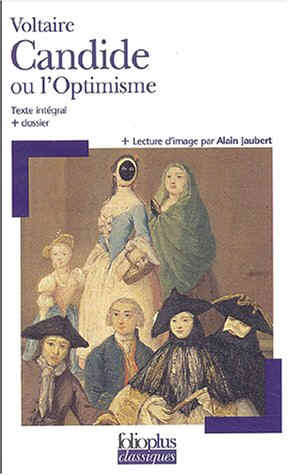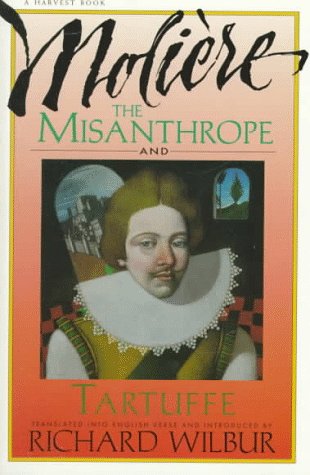France is renowned for its contributions to the world of art. The
earliest art is in the form of cave drawings. Some of the oldest and most
famous of these are found in Pech Merle, Lascaux, Cosquer Cave, Chauvet Cave,
and Trois-Frères Cave. Gold work and manuscript illumination were influenced by
Celtic traditions of the fifth to eighth centuries. Romanesque art and Gothic
styles were popular in French architecture from about 1000AD and 1200AD. Gothic
painting didn’t appear until about 1200.
During the 1500s, Italian Renaissance influences on art began to seep
across the border. Artists like Rosso Fiorentino, Nicolo dell’Abbate, Michelangelo
da Caravaggio, Leonardo da Vinci, and others introduced adding mythological
ideas into their art. As French artists moved through Classicism, Baroque,
Rococo, and Neoclassicism movements, France and Paris especially was becoming a
haven for artists all over Europe.
 |
| Renoir |
After the French Revolution and the Napoleonic Wars, the face of French
art changed drastically. Instead of being mostly influenced by Greek and Roman
mythology and art, artists started looking beyond Europe to Asia and Africa.
Probably the most prolific artistic style coming out of France is the
Impressionistic movement. Artists
such as Claude Monet, Pierre-Auguste Renoir, and Edgar Degas paved the way for
other artists to this day. The late 19th century brought another
wave of art movements, such as expressionism and others, introducing artists
such as Georges Seurat, Paul Cézanne, Paul Gaughin to the world and marking
their place in art history and art museums. There were many artists who were
born in other countries but moved to France to study art and ended up staying,
such as Vincent van Gogh and Pablo Picasso.
 |
| Seurat was known for his pointillism. |
The 20th century brought forward the French counterparts of many
of the modern movements: cubism, surrealism, avant-garde Dadaism (or perhaps,
anti-art is the term), abstract art, expressionism, pop art, and everything in
between and outside of it. Today, France has a plethora of art museums and art
schools. The Louvre in Paris is
the most visited art museum in the world. The Musée d’Orsay also in Paris is
another museum that ranks high on tourist must-sees. There are also many
smaller museums showing works for a specific artist or a particular art period.
In fact, there are even several textile and tapestry museums.
French literature is written in French, and mostly by people who are
from France; however, writers from other French-speaking countries are considered
Francophone literature. French literature dates back to the Medieval period;
the most famous surviving pieces are epic poems and stories.
The 18th century brought along one of my favorite authors:
Voltaire. He is most famous for writing Candide,
and Zadig, or the Book of Fate, both
of which I’ve read. I actually bought a copy of Candide when I was in Brazil so that I could have a copy in
Portuguese. And of course, don't forget Leonard Bernstein's operetta of the same name (I have the soundtrack, too). Another famous name from this period of the Marquis de Sade, better
known for lending his namesake to the word “sadism” or “sadist.” His most well-known
work is Justine.
The 19th century would introduce many works that are now
considered classics, many of which I read in college and afterwards. Some of my
favorites include Honoré de Balzac (La Comédie
humaine), Alexandre Dumas (The Count
of Monte Cristo, The Three Musketeers
[I’m reading this now]), Victor Hugo (The
Hunchback of Notre-Dame [read it],
Les Misérables [read it]), Gustave Flaubert (Madame Bovary [read it]), and Jules Verne (Twenty-thousand Leagues Under the Sea [read it], Around the World in Eighty Days [read it], Journey to the Center of the Earth). Albert Camus is a 20th century writer that I
enjoyed reading: I’ve read both The
Stranger and The Plague. Gaston Leroux
may not be a household name, but his work may be: The Phantom of the Opera. Collette’s novel Gigi was also made into a musical by the same name. One of my
favorite 20th century French books is The Little Prince (or Le
Petit Prince) by Antoine de Saint-Exupéry. I love this book and want to get
a tattoo from this book. I also have this book in French, Japanese, and
English.
Molière is often considered one of the masters of comedy theatre, most
famous for The Misanthrope (first
performed in 1666). Pierre Beaumarchais is best known for his plays The Marriage of Figaro and The Barber of Seville. Mozart’s opera
based on The Marriage of Figaro and
Rossini’s opera The Barber of Seville
remain to be the best-known versions of his plays. Edmond Rostand is probably
best known for his play Cyrano de
Bergerac, although his play Les Romanesques
is best known by its musical version, The
Fantasticks.
Of course, French writers also led their works toward the development of
modern politics, philosophy, and science. Writers such as Blaise Pascal, René
Descartes, Alexis de Tocqueville, and Jean-Paul Sartre were great influences on
the current thinking of the time.
Up next: music and dance




No comments:
Post a Comment